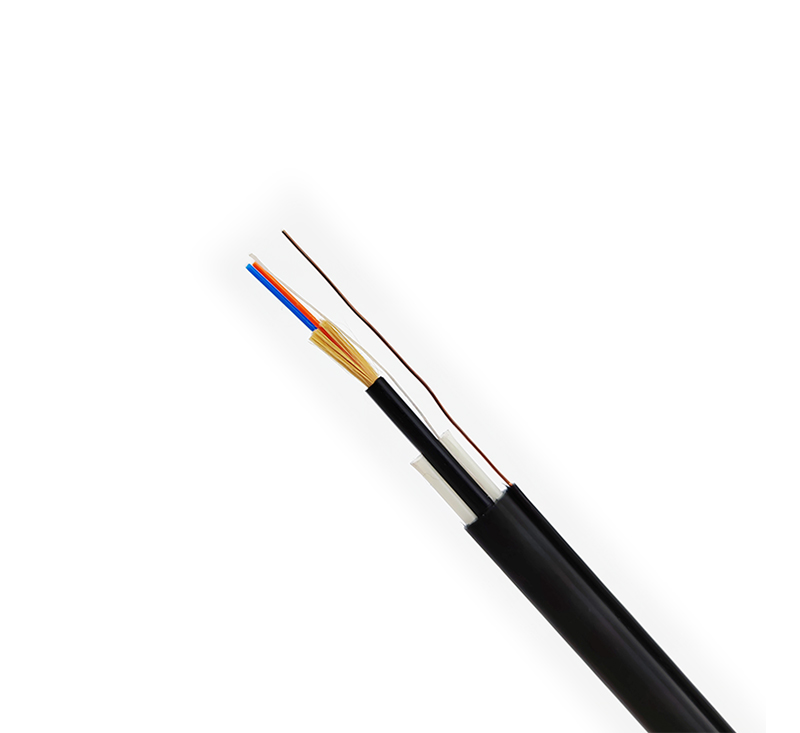The national standard network cable and the non-standard network cable are distinguished according to whether they meet the national standard. The national standard network cable conforms to the international standard in terms of conductor material, conductor size, wire sheath and number of meters. Non-standard network cables are network cable specifications derived from the market in order to reduce costs.
International standards for network cables:
Super Category 5 network cable: new material inside and outside the wire sheath, oxygen-free copper material copper core, copper core size is 0.51, the blanking material is 0.5, and the number of meters is 300 meters. The most important thing is to see whether the cable has passed the Fluke test.
Six types of network cable: new material inside and outside the wire sheath, oxygen-free copper material copper core. The size of the copper core is 0.58, the blanking is about 0.57, and the number of meters is 300 meters. The same must be tested by Fluke.
Specifications of non-standard network cables:

There are many copper core materials for non-standard network cables, including four-iron and four-aluminum, copper-clad aluminum, high-conductivity aluminum, copper-clad silver, full copper, and oxygen-free copper network cables. The outer layer is coated with a layer of oxygen-free copper to improve its transmission effect.
In the international standard, the transmission distance of the network cable is generally about 100 meters, but in the actual test, the transmission distance of the national standard network cable can exceed the standard distance of 100 meters. Now there are various specifications of network cables on the market, and different materials also lead to different transmission distances of the network cables.
Material differences of non-standard network cables:
Four-iron and four-aluminum are the most common network cables. These materials are rarely used in current network wiring. They can be used in less demanding environments, and can be used for about 50-60 meters.
Copper-clad aluminum, high-conductivity aluminum, and copper-clad silver network cables are all aluminum network cables. The disadvantage is that they are easy to oxidize and have a short service life. The service life is only 2-3 years. Copper-clad aluminum is an ordinary aluminum network cable. The conductive aluminum is an imported aluminum network cable, which can transmit about 150 meters. The copper-clad silver is an imported aluminum network cable with high purity, which can transmit about 180 meters.
Both all-copper and oxygen-free copper belong to copper network cables. All-copper is a bronze conductor, which belongs to secondary recycled copper. The purity is not high, the resistance is high, and the transmission distance is about 80 meters. Oxygen-free copper is the original copper conductor with high purity and low resistance, and can transmit 100-120 meters. Both have long service life. The national standard oxygen-free copper network cable can transmit about 120-150 meters.










